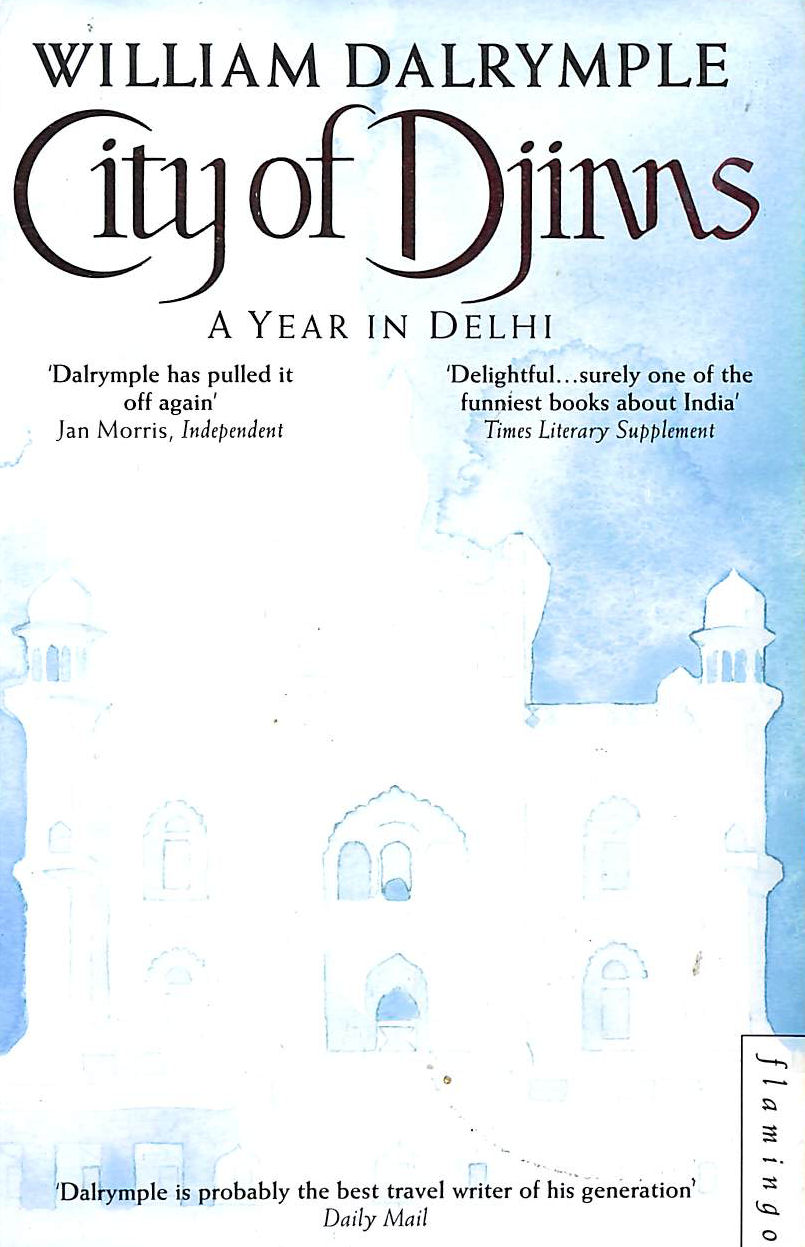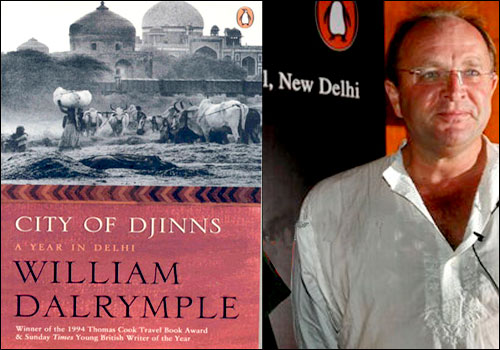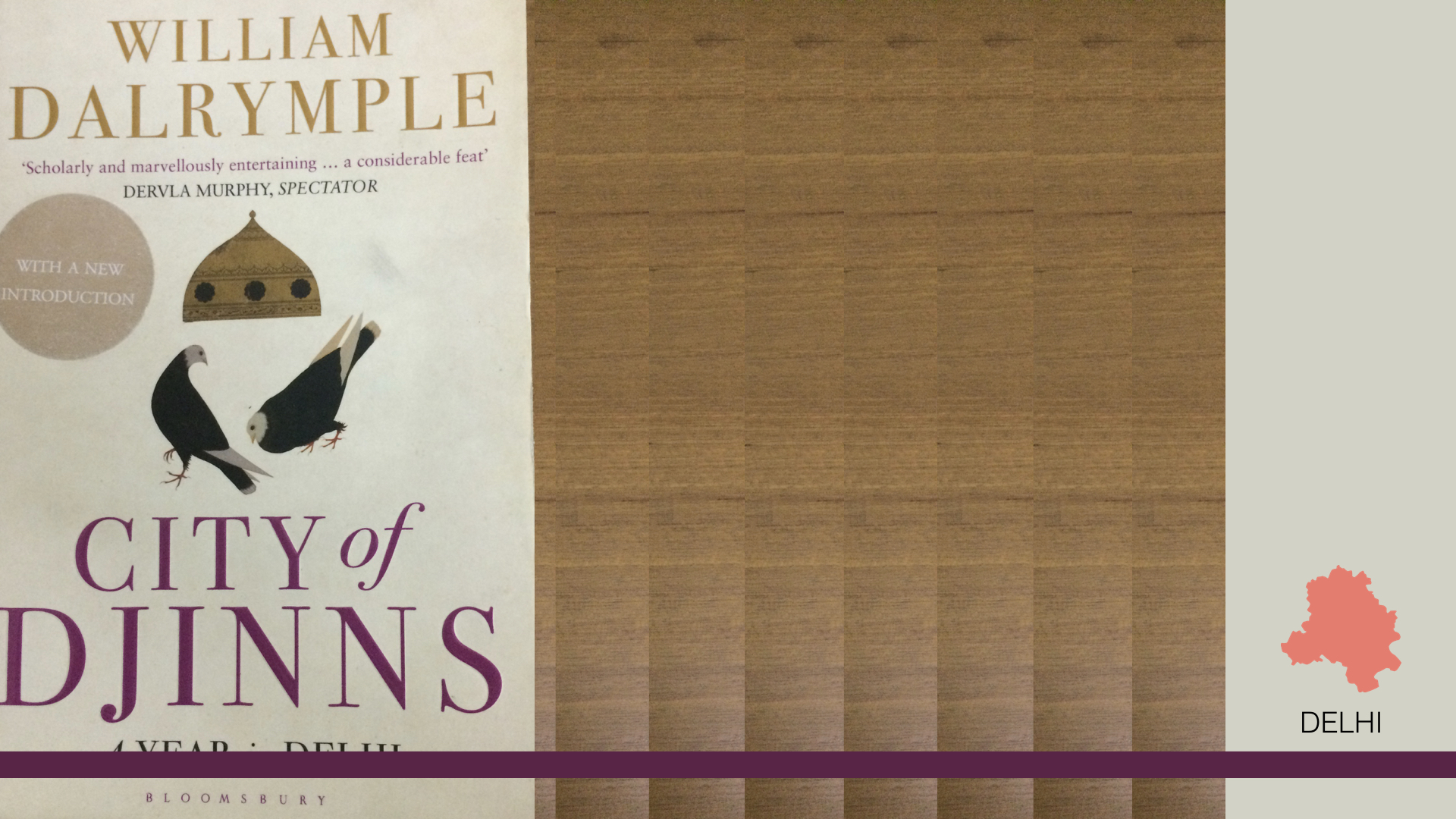

“There’s not a single household that doesn’t have a story of djinns, and this is not just limited to Muslim homes,” he says. Tales of seeing or even interacting with djinns were commonplace in the Muslim neighborhood where he was raised, in the northern Indian city of Lucknow. Many turn to ancient religious traditions, such as the djinns, to find solutions to their problems.Īs a child Ahmad was taught that there are two parallel worlds, one inhabited by humans and the other by djinns.

Today, India’s Muslim minority, about 15 percent of the country’s population, continues to be marginalized, with limited economic and educational opportunities. His images help tell stories of a deeply entrenched belief in the supernatural, and of human suffering and desperation at least partly rooted in recent history.Īfter British rule ended and India and Pakistan were partitioned in 1947 along religious lines, the Muslims who stayed in India found themselves in a precarious position, with many displaced and subjected to violence. Over five years, Ahmad captured in detail djinn worship as practiced at Kotla. Entertaining, fascinating, and informative, City of Djinns is an irresistible blend of research and adventure.That first visit led to several more. Underlying his quest is the legend of the djinns, fire-formed spirits that are said to assure the city's Phoenix-like regeneration no matter how many times it is destroyed. With refreshingly open-minded curiosity, William Dalrymple explores the seven "dead" cities of Delhi as well as the eighth city-today's Delhi. Sparkling with irrepressible wit, City of Djinns peels back the layers of Delhi's centuries-old history, revealing an extraordinary array of characters along the way-from eunuchs to descendants of great Moguls.

Peeling back the layers of Delhi's centuries-old history, City of Djinns is an irresistible blend of research and adventure. Underlying his quest is the legend of the.



 0 kommentar(er)
0 kommentar(er)
